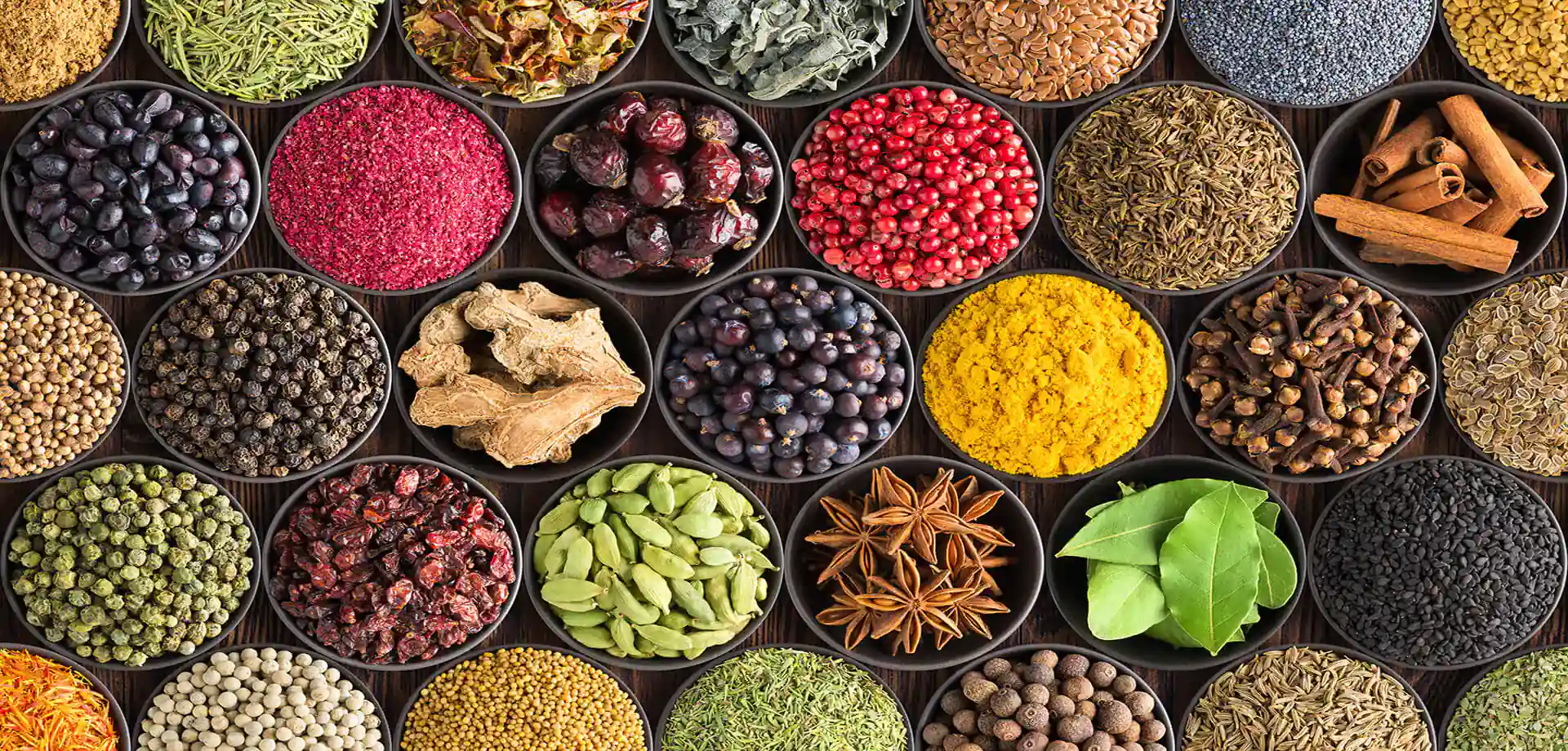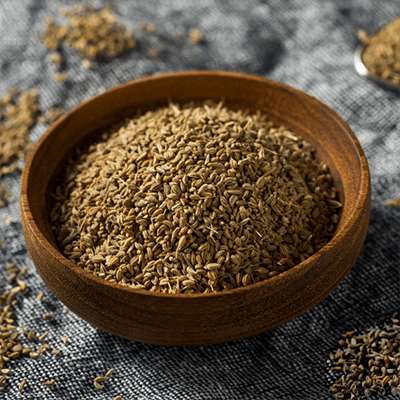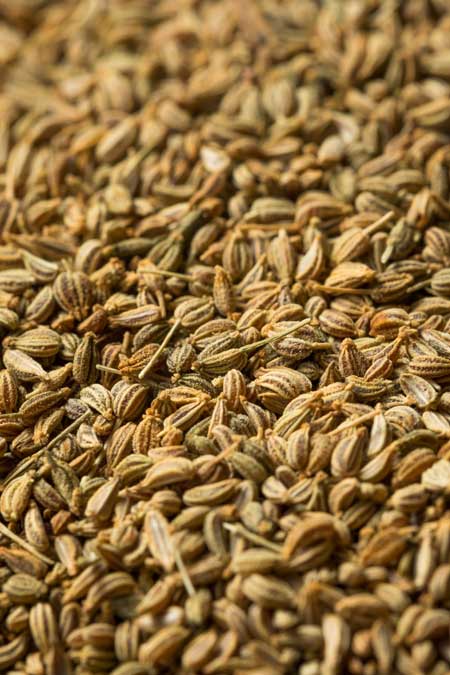

Form :
Whole
Color :
Green to Brown
Botanical name :
Trachyspermum Ammi
Process :
As per client requirement
Specification :
Detailed on request

No preservative, No colour
Superior quality
Hygienically packed
Exquisite aroma
Are you interested?